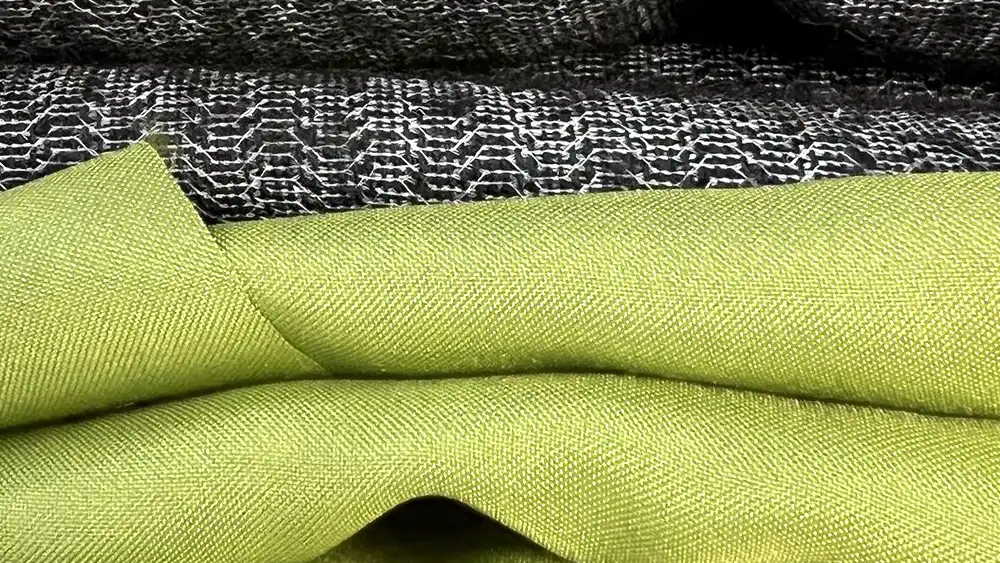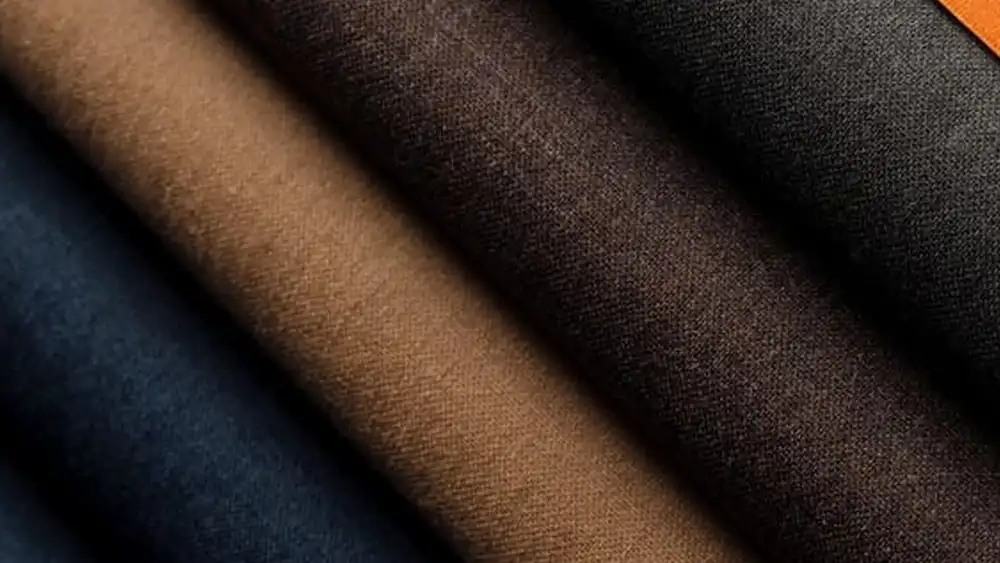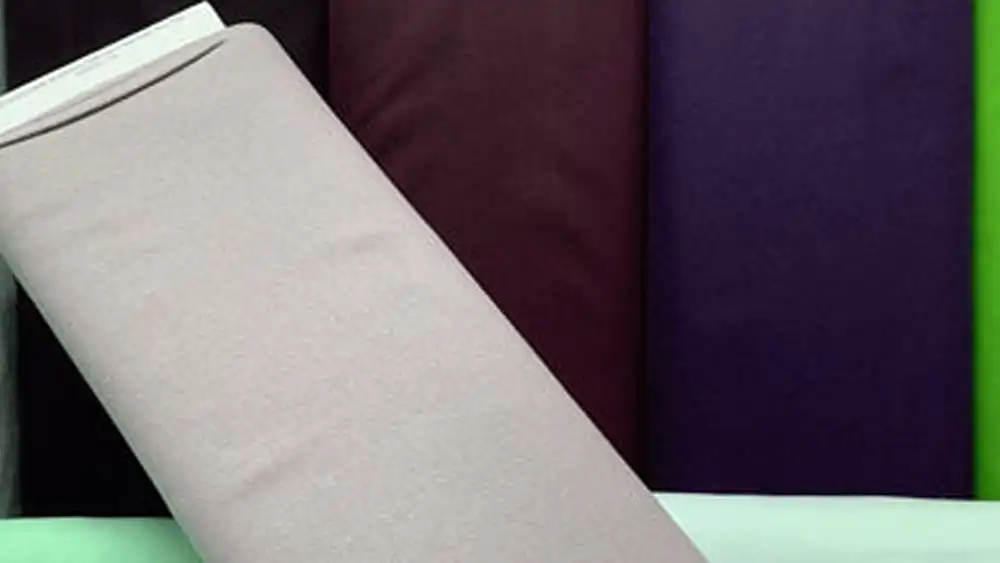Wool fabric is a versatile and widely used material known for its warmth, durability, and natural properties.
In this article, we’ll explore the cost of wool fabric in English markets, covering various types, factors influencing pricing, and where to find the best deals.
What is Wool Fabric?

Wool fabric is a type of textile made from the fibers of sheep, although other animals like goats (cashmere and mohair), rabbits (angora), and even camels and llamas can also contribute fibers for wool production. Wool is known for its warmth, durability, and natural elasticity.
It has been used for centuries in clothing, blankets, and other textile products. Wool can be woven or knitted into various textures and weights, making it suitable for a wide range of applications from cozy sweaters to sturdy carpets. It’s also prized for its ability to wick moisture away from the body while retaining heat, making it a popular choice for outdoor and cold weather apparel.
Wool can vary in quality and softness depending on factors such as the breed of sheep, the climate it was raised in, and the processing methods used. Overall, wool fabric is valued for its comfort, performance, and versatility.
Importance of Wool Fabric

Wool fabric holds significant importance for several reasons:
- Insulation: Wool is an excellent insulator, providing warmth in cold weather while also allowing the body to breathe, making it comfortable to wear in various climates.
- Moisture Management: Unlike synthetic materials, wool can absorb moisture without feeling damp. It can absorb up to 30% of its weight in moisture without feeling wet, keeping the wearer dry and comfortable.
- Durability: Wool fibers are naturally resilient and have a high tensile strength, meaning they can withstand stretching and bending without losing their shape. Wool garments tend to last longer than those made from other materials.
- Natural Fire Resistance: Wool is naturally flame-retardant, making it a safer choice for clothing and home textiles compared to synthetic materials that are highly flammable.
- Biodegradability: Wool is a renewable resource and biodegradable, making it environmentally friendly compared to synthetic fibers, which can take hundreds of years to break down.
- Versatility: Wool can be woven or knitted into various textures and weights, making it suitable for a wide range of products, from clothing and blankets to carpets and upholstery.
- Sustainable Farming: Sheep farming can be a sustainable practice when managed responsibly, as sheep graze on natural pastures and can help maintain ecosystems.
- Cultural Significance: Wool has been used for centuries in various cultures around the world, playing a significant role in traditional clothing, crafts, and economies.
Types of Wool
- Merino Wool: Known for its softness and fine fibers, merino wool is highly sought after for its luxurious feel.
- Cashmere: Considered one of the most luxurious wool types, cashmere comes from the Cashmere goat and is prized for its softness and warmth.
- Lambswool: Wool obtained from the first shearing of a sheep, lambswool is soft and resilient.
- Alpaca Wool: Alpaca wool is known for its silky texture and hypoallergenic properties, making it suitable for sensitive skin.
- Angora Wool: Derived from Angora rabbits, this wool is extremely soft and fluffy.
These are just a few examples of the many types of wool fabric available, each with its own unique properties and applications.
How Much Does Wool Fabric Cost?

The cost of wool fabric can vary widely depending on several factors:
- Type of Wool: Different types of wool, such as Merino, cashmere, or alpaca, have varying levels of quality and rarity, which can affect their price.
- Quality: The quality of the wool fabric, including factors like fiber length, fineness, and softness, can influence its cost. Higher quality wool typically commands a higher price.
- Processing and Finishing: The process used to clean, dye, and finish the wool fabric can also affect its cost. Special treatments or finishes may increase the price.
- Brand and Designer: Wool fabric from well-known brands or designers may come with a premium price tag due to their reputation for quality and craftsmanship.
- Quantity: Buying wool fabric in bulk or wholesale quantities may result in discounts or lower prices per yard or meter compared to purchasing smaller quantities.
- Market Demand: Fluctuations in supply and demand, as well as economic factors, can influence the price of wool fabric. For example, if there is a high demand for wool due to seasonal trends or fashion preferences, prices may rise.
You can expect to pay anywhere from a few dollars to several hundred dollars per yard or meter for wool fabric, depending on the factors mentioned above. Basic wool fabrics might be more affordable, while specialty or luxury wool fabrics can be considerably more expensive.
Wool Fabric Price per Yard

The price of wool fabric per yard can vary widely depending on several factors:
- Type of Wool: Different types of wool, such as Merino, cashmere, or alpaca, come with varying levels of quality and rarity, which can affect their price per yard. For example, Merino wool, known for its softness and fine texture, tends to be more expensive compared to wool from other breeds.
- Quality: The quality of the wool fabric, including factors like fiber length, fineness, and softness, can significantly influence its price per yard. Higher-quality wool fabrics with finer fibers and fewer imperfections typically command higher prices.
- Fabric Construction: The way the wool fabric is constructed, such as the weave or knit pattern, can also affect its price per yard. More intricate or specialized constructions may require additional time and resources, resulting in a higher cost.
- Processing and Finishing: The process used to clean, dye, and finish the wool fabric can impact its price per yard. Special treatments or finishes, such as mercerization or brushing, may add to the cost.
- Brand and Designer: Wool fabrics from well-known brands or designers may come with a premium price per yard due to their reputation for quality and craftsmanship.
- Quantity: Buying wool fabric in bulk or wholesale quantities may result in discounts or lower prices per yard compared to purchasing smaller quantities.
- Market Demand: Fluctuations in supply and demand, as well as economic factors, can influence the price of wool fabric per yard. For example, if there is a high demand for wool due to seasonal trends or fashion preferences, prices may rise.
The price of wool fabric per yard can range from a few dollars to several hundred dollars, depending on the factors mentioned above. It’s essential to consider these factors when purchasing wool fabric to ensure you’re getting the quality and value that meets your needs and budget.
Virgin Wool Fabric Price
Virgin wool fabric refers to wool that has never been used or processed before, meaning it has not been recycled or reclaimed from existing wool products. This type of wool is considered to be of high quality because it retains its natural properties and characteristics.
The price of virgin wool fabric can vary depending on several factors:
- Type of Wool: Different breeds of sheep produce wool with varying qualities, which can affect the price. For example, Merino wool is known for its softness and fineness and tends to be more expensive compared to wool from other breeds.
- Quality: The quality of the wool, including factors such as fiber length, fineness, and uniformity, can influence its price. Higher-quality wool fabrics with finer fibers and fewer imperfections typically command higher prices.
- Fabric Construction: The way the wool fabric is constructed, such as the weave or knit pattern, can also affect its price. More intricate or specialized constructions may require additional time and resources, resulting in a higher cost.
- Processing and Finishing: The process used to clean, dye, and finish the wool fabric can impact its price. Special treatments or finishes, such as mercerization or brushing, may add to the cost.
- Brand and Designer: Wool fabrics from well-known brands or designers may come with a premium price tag due to their reputation for quality and craftsmanship.
- Quantity: Purchasing virgin wool fabric in bulk or wholesale quantities may result in discounts or lower prices per yard or meter compared to buying smaller quantities.
As for the specific price per yard of virgin wool fabric, it can range anywhere from a few dollars to over a hundred dollars, depending on the factors mentioned above. Basic virgin wool fabrics might be more affordable, while specialty or luxury virgin wool fabrics can be considerably more expensive. It’s best to check with fabric retailers or manufacturers for current pricing information.
Conclusion
The cost of wool fabric in English markets varies depending on factors such as type, quality, and production conditions. By understanding these factors and following tips for purchasing, consumers can make informed decisions and enjoy the benefits of this versatile and timeless material.
